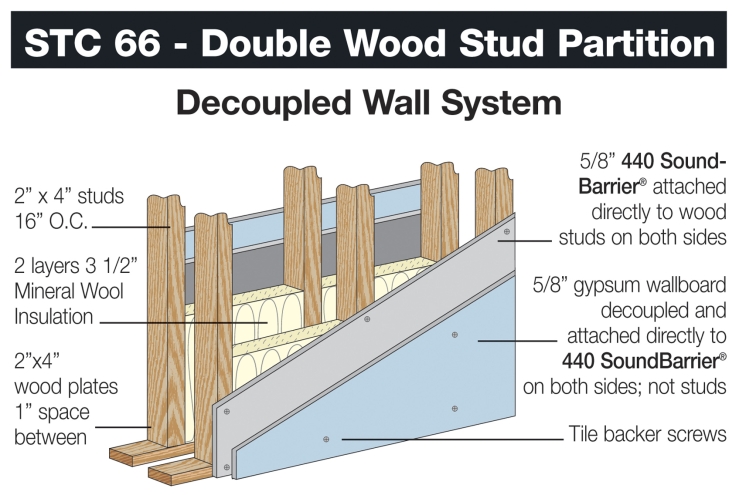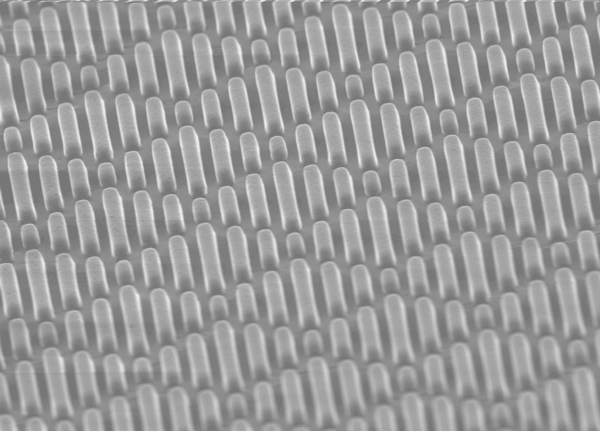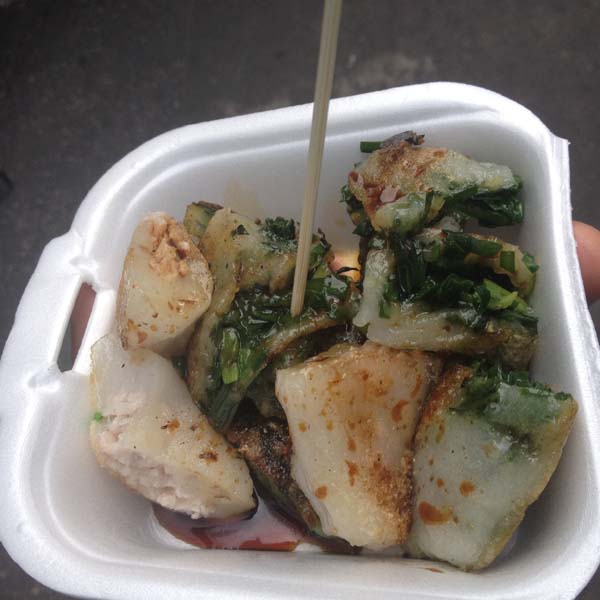Ulay & Abramović ‘AAA AAA’ [1978] from Radio Théâtre
I’m unsure of whether I care more about expressing to the viewer what I want them to know or forcing them to experience a feeling that might get them to that place. Last semester I started making these “sound boxes” which I described as physical midis to act as both a reality block and a sensory deprivation tank. I don’t know how this is related to the other current in my work, my projected thesis, or whether it will usurp those interests, but I thought it might be important to include this line of thought in my creative process. I plan on making a decoupled and soundproof box to test my midis. This Abramovic piece is informing the form I’m imagining for a piece I want to make.

Here are some interesting things people have brought up to me in the last week:

- Sharkskin (by Sydney
- Mother’s Hand Taste (by Sydney)
 (by Nilam) — I am a big proponent of the idea of empathetic data. I think any kind of external information is malleable…its inconsistencies used to tell outlandish stories…everything is filtered through perception!)
(by Nilam) — I am a big proponent of the idea of empathetic data. I think any kind of external information is malleable…its inconsistencies used to tell outlandish stories…everything is filtered through perception!)
I’ve also been learning how to identify trees and learning about specific qualities that make them more susceptible or more resistant to weather or disease from different regions. Tannic acid has been coming up a lot, which is a super interesting because its used to tan leather and works as an antibacterial agent in water…another adjacent thought that might come up later in my research process. For now, I’m interested in making and testing my own self-disinfecting surfaces!
From Wikipedia,
Tannins are a basic ingredient in the chemical staining of wood, and are already present in woods like oak, walnut, and mahogany. Tannic acid can be applied to woods low in tannin so chemical stains that require tannin content will react. The presence of tannins in the bark of redwood (Sequoia) is a strong natural defense against wildfire, decomposition and infestation by certain insects such as termites. It is found in the seeds, bark, cones, and heartwood.
Tannic acid is a common mordant used in the dyeing process for cellulose fibers such as cotton, often combined with alum and/or iron. The tannin mordant should be done first as metal mordants combine well with the fiber-tannin complex. However this use has lost considerable interest.
Similarly tannic acid can also be used as an aftertreatment to improve wash fastness properties of acid dyed polyamide. It is also an alternative for fluorcarbon aftertreatments to impart anti-staining properties to polyamide yarn or carpets. However, due to economic considerations currently the only widespread use as textile auxiliary is the use as an agent to improve chlorine fastness, i.e. resistance against dye bleaching due to cleaning with hypochlorite solutions in high-end polyamide 6,6-based carpets and swimwear. It is, however, used in relatively small quantities for the activation of upholstery flock; this serves as an anti-static treatment.
Tannic acid is used in the conservation of ferrous (iron based) metal objects to passivate and inhibit corrosion. Tannic acid reacts with the corrosion products to form a more stable compound, thus preventing further corrosion from taking place. After treatment the tannic acid residue is generally left on the object so that if moisture reaches the surface the tannic acid will be rehydrated and prevent or slow any corrosion. Tannic acid treatment for conservation is very effective and widely used but it does have a significant visual effect on the object, turning the corrosion products black and any exposed metal dark blue. It should also be used with care on objects with copper alloy components as the tannic acid can have a slight etching effect on these metals.
Tannic acid is also found in commercially available iron/steel corrosion treatments, such as Hammerite Kurust.
Tannic Acid Inhibits Staph Surface Colonization
(Birch, maple, linden, alder, bamboo – best woods for surfaces to eat from.)
Can Copper Reduce E. Coli Outbreaks?
Antimicrobial Peptide Structures


